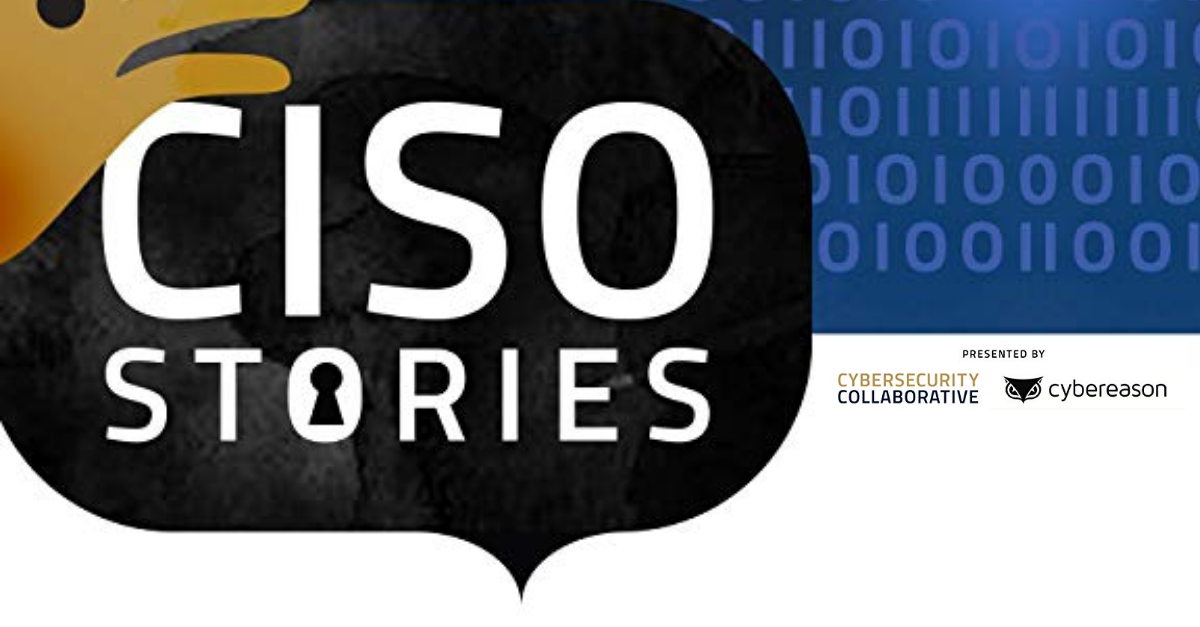
A newly discovered piece of Android malware shares the same capabilities found within many modern stalkerware-type apps–it can swipe images and video, rifle through online searches, record phone calls and video, and peer into GPS location data–but the infrastructure behind the malware obscures its developer’s primary motivations.
First spotted by the research team at Zimperium zLabs, the newly found malware is already detected by Malwarebytes for Android. It does not have a catchy name, but because of its capabilities and its method for going unnoticed, we are calling it Android/Trojan.Spy.FakeSysUpdate, or in this blog, “FakeSysUpdate” for short.
FakeSysUpdate is not available on the Google Play store, and it is currently unclear how it is being delivered to Android devices. Even more obscured is the visibility of the app to victims.
Once FakeSysUpdate is implanted on a device, it disguises itself to its victims by masquerading as a generic “System Update” application. In fact, when a threat actor uses FakeSysUpdate to steal targeted information from an infected, asleep device, FakeSysUpdate will also send a fraudulent notification posing as a “System Update” that is “Searching for update.”
Beneath the surface, FakeSysUpdate can let a malicious actor steal highly sensitive information while also granting them dangerous control of a victim’s device.
According to Zimperium zLabs, the malware can allow a threat actor to monitor GPS locations, record phone calls, record ambient audio, take photos from the front-facing and rear-facing cameras on a device, observe the device’s installed applications, inspect bookmark and search history from Google Chrome, Mozilla Firefox, and Samsung Internet Browser, and steal SMS messages, phone contacts, and call logs.
If you’ve read our coverage on these types of capabilities in the past, you might think that FakeSysUpdate is just the latest stalkerware-type app on the market. After all, the threats of stalkerware are near identical–pinpointed GPS locations that can reveal a domestic abuse survivor’s location after escape, stolen text messages that can uncover a survivor’s safety planning, and broad, non-consensual invasions of privacy that can harm anyone.
But the inner workings of FakeSysUpdate potentially betray the common uses of stalkerware.
First, according to the researchers at Zimperium zLabs, once the malware is installed on a device, the device is registered with the Firebase Command and Control (C2), upon which a threat actor can send commands through the Firebase messaging service to, for instance, steal a device’s contacts list, record microphone audio, or take a picture using the device’s cameras.
At issue here is who can send the C2 commands. If the commands can be sent by the apps users’, so they can spy on their victims, then it looks like a stalkerware-type app. If the commands can only be issued by the app’s creators, then there’s a good chance that FakeSysUpdate is not stalkerware, but information-gathering spyware. Unlike stalkerware, most (but not all) spyware doesn’t care who its victims are–it is simply looking for information that can be used for extortion or to facilitate further attacks with malware.
That’s contrary to many of the stalkerware-type apps that we see, which are, for lack of a better word, “user-friendly.” They do not require a high-tech proficiency to use or understand. They do not have illegible interfaces. Instead, these apps have familiar layouts, intuitive designs, and easy-to-use commands. For many apps, it’s as simple as logging into a web platform, clicking a menu item, and browsing through private photos without any consent.
Which brings us to the second point: If this piece of malware isn’t being advertised–or if it isn’t really known–as a stalkerware-type app, then it’s less likely that it’s been built as one.
Stalkerware-type apps do not hide in the shadows. They flood Google results for anyone searching how to spy on their romantic partners. They place sponsored articles in major city newspapers (yes, really). The more egregious ones even advertise themselves specifically on their so-called abilities to “catch” cheating partners.
Without knowing how FakeSysUpdate is being advertised–which relates to our lacking information on how it is primarily being delivered to devices–we cannot definitively ascertain its purpose.
Despite the uncertainty, though, one thing is clear: This piece of malware could be devastating. Whether for malicious information gathering or for non-consensual surveillance of a romantic partner, these invasions of privacy are flat-out wrong.
We thank Zimperium zLabs for discovering this malware and for bringing it to the public’s attention.
The post Android “System Update” malware steals photos, videos, GPS location appeared first on Malware Devil.
https://malwaredevil.com/2021/04/01/android-system-update-malware-steals-photos-videos-gps-location-2/?utm_source=rss&utm_medium=rss&utm_campaign=android-system-update-malware-steals-photos-videos-gps-location-2













